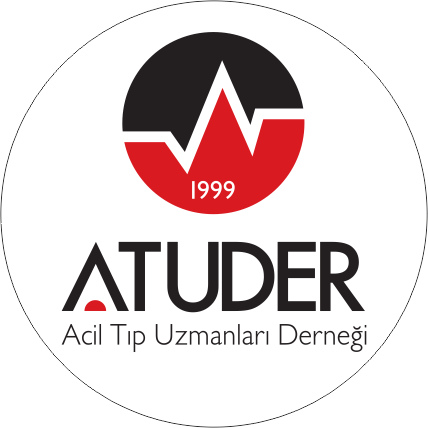ABSTRACT
OBJECTIVE:
In this study we purpose that to research demographic characteristics, complications and trauma origins of emergency department patients with cervical spine injury.
METHODS:
We scanned emergency patients with cervical spine injury data, retrospectively between January 2004 and February 2007. The patients were categorized into three groups: survived group (Group I), death group (Group II) and neurological deficit group (Group III).
RESULTS:
We accepted 34 patients with cervical spine injury between January 2004 and February 2007. Age average was 34,5±15,3(15–65). In this study 25(73,5%) patients were male and 9(26,5%) were female. Our study 24(70,6%) patients were Group I, 4(11,8%) patients were Group II and 6(17,6%) were Group III. In this study 17 patients were passengers and drivers from traffic accidents, 12 patients were falls from flat-roofed houses, 1 patient was pedestrians from traffic accidents and 4 patients were from other causes. The presence of cervical spine collar at the time of admission was 21 patients. Our patients divided three groups according to admission Glasgow Coma Score (GCS). Our study 30 patients were high GCS group (GCS=13-15), 2 patients were moderate GCS group (GCS=9-12) and 2 patients were low GCS group (GCS=3-8). In this study, 10 patients were paraparalysis, 2 patients were paraparesis and 6 patients were tetraparalysis at the time of admission. Our study, 6 patients were C1-C2 fractures, 13 patients were C3-C7 fracture, 1 patient was C1-C2 dislocations and 5 patients were C3-C7 dislocations. However, 6 patients were both C3-C7 fracture and dislocations, 2 patients were both C1-C2 and C3-C7 dislocations, 1 patient was both C1-C2 and C3-C7 fractures. The ratios of the patients having surgical operation and the patients receiving medical therapy were 44,1%( n=15) and 55,9 %( n=19) respectively.
CONCLUSION:
Cervical spine injury is relatively common in young man. Passengers and drivers from traffic accidents are the most common reason for cervical spine injury. We described that our patients had high ratio C3-C7 fractures and dislocations. At the time of admission not-presence of neurological deficit was found as decreased factors on mortality and morbidity of the patients with “Cervical spine injury”. Contrary, presence of tetraparalysis was found as increased factors. However presence both C3-C7 fracture and dislocations were found as increased factors on mortality and morbidity.



